-
current
recommendations- Liefdefjord
New page dedicated to one of Spitsbergen's most beautiful fjords. Background information and many photos.

- New Spitsbergen guidebook
The new edition of my Spitsbergen guidebook is out and available now!
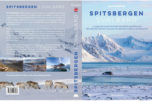
- Liefdefjord
New page dedicated to one of Spitsbergen's most beautiful fjords. Background information and many photos.
Page Structure
-
Spitsbergen-News
- Select Month
- June 2025
- May 2025
- April 2025
- March 2025
- February 2025
- January 2025
- December 2024
- November 2024
- October 2024
- September 2024
- August 2024
- July 2024
- June 2024
- May 2024
- April 2024
- March 2024
- February 2024
- January 2024
- December 2023
- November 2023
- October 2023
- September 2023
- August 2023
- July 2023
- June 2023
- May 2023
- April 2023
- March 2023
- February 2023
- January 2023
- December 2022
- November 2022
- October 2022
- September 2022
- August 2022
- July 2022
- June 2022
- May 2022
- April 2022
- March 2022
- February 2022
- January 2022
- December 2021
- November 2021
- October 2021
- September 2021
- August 2021
- July 2021
- June 2021
- May 2021
- April 2021
- March 2021
- February 2021
- January 2021
- December 2020
- November 2020
- October 2020
- September 2020
- August 2020
- July 2020
- June 2020
- May 2020
- April 2020
- March 2020
- February 2020
- January 2020
- December 2019
- November 2019
- October 2019
- September 2019
- August 2019
- July 2019
- June 2019
- May 2019
- April 2019
- March 2019
- February 2019
- January 2019
- December 2018
- November 2018
- October 2018
- September 2018
- August 2018
- July 2018
- June 2018
- May 2018
- April 2018
- March 2018
- February 2018
- January 2018
- December 2017
- November 2017
- October 2017
- September 2017
- August 2017
- July 2017
- June 2017
- May 2017
- April 2017
- March 2017
- February 2017
- January 2017
- December 2016
- November 2016
- October 2016
- September 2016
- August 2016
- July 2016
- June 2016
- May 2016
- April 2016
- March 2016
- February 2016
- January 2016
- December 2015
- November 2015
- October 2015
- September 2015
- August 2015
- July 2015
- June 2015
- May 2015
- April 2015
- March 2015
- February 2015
- January 2015
- December 2014
- November 2014
- October 2014
- September 2014
- August 2014
- July 2014
- June 2014
- May 2014
- April 2014
- March 2014
- February 2014
- January 2014
- December 2013
- November 2013
- October 2013
- September 2013
- August 2013
- July 2013
- June 2013
- May 2013
- April 2013
- March 2013
- February 2013
- January 2013
- December 2012
- November 2012
- October 2012
- September 2012
- August 2012
- July 2012
- June 2012
- May 2012
- April 2012
- March 2012
- February 2012
- January 2012
- December 2011
- November 2011
- October 2011
- September 2011
- August 2011
- May 2011
- April 2011
- March 2011
- February 2011
- January 2011
- December 2010
- November 2010
- September 2010
- August 2010
- July 2010
- June 2010
- May 2010
- April 2010
- March 2010
- February 2010
- November 2009
- October 2009
- August 2009
- July 2009
- June 2009
- May 2009
- April 2009
- March 2009
- February 2009
- January 2009
- December 2008
- November 2008
- October 2008
- August 2008
- July 2008
- June 2008
- May 2008
- April 2008
- March 2008
- February 2008
- April 2000
- Select Month
-
weather information
-
Newsletter

| Guidebook: Spitsbergen-Svalbard |
Ritter hut
Pano-Tour
Gråhuken – Ritter hut – virtual tour
- pano anchor link: #Ritter_hut
Hint
Once you have entered the virtual tour, you can either use the map in the lower left corner to navigate, or the bar at the bottom, or click on symbols within the panos to enter the next one (only while the next location is visible, not always available). Or you can just let it play and it will automatically switch to the next pano after one turnaround. You can switch the sound off (upper right corner) if you wish, same with the explanatory text.
Stations
Ritter hut: outside 1
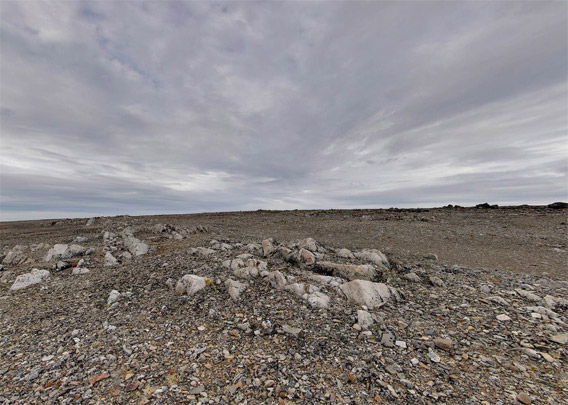
The name Gråhuken is storytelling: a grey flatland, stony and barren, sticking out into the Arctic Ocean between Woodfjord and Wijdefjord on the north coast of Spitsbergen. There does not seem to be much alive there, but nevertheless the famous Norwegian trapper Hilmar Nøis built a hut here in 1928, which he called Kapp Hvile (Point of rest or silence). A nice name, but it is only a silent place in good weather. It seems strange to build a hut at such a barren coast, which is only accessible in good weather and sea conditions. The reason was most likely that Hilmar expected good hunting conditions for polar bears here, on the north coast, close the drift ice in spring.
Ritter hut: outside 2

Access to drinking water must also have been difficult at least in the late summer, but this was not the time which was important. If a trapper was at all in his arctic hunting grounds at that time of the year, then he could, at least for a while, move somewhere more favourable. A few kilometres south of his hut at Gråhuken, Hilmar Nøis had another one at Vårfluesjøen, with direct access to a river and a big lake.
Ritter hut: main room
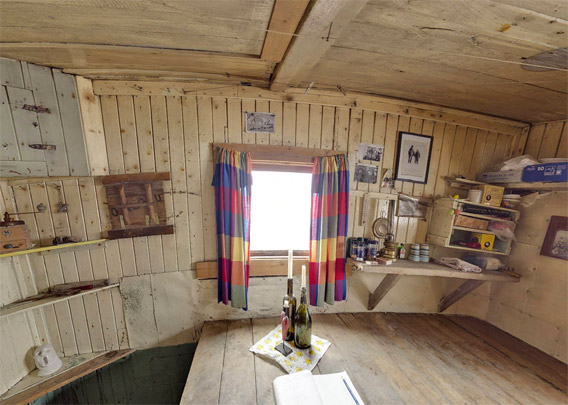
The hut’s claim for fame was a wintering in 1934-35, when Christiane Ritter from Austria spent a winter there together with her husband Hermann Ritter and the Norwegian hunter Karl Nikolaisen. Hermann had already a reputation as an experienced arctic hunter, but it was the first (and last) wintering for Christiane, who later published her memories in a book that became a classic, titled “A woman in the polar night” in English and „Kvinne i polarnatten“ in Norwegian.
Ritter hut: side room
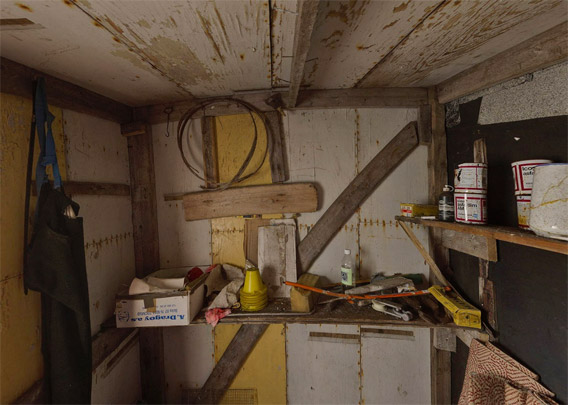
This side room was used for storage. Hermann Ritter and Karl Nikolaisen built a small room (“Kämmerchen”) for Christiane Ritter, so she could enjoy some privacy, but this must have been a separation inside the main room, which was later removed.
3 Comments to Ritter hut
Leave a comment
BOOKS, CALENDAR, POSTCARDS AND MORE
This and other publishing products of the Spitsbergen publishing house in the Spitsbergen-Shop.
last modification: 2024-11-12 ·
copyright: Rolf Stange



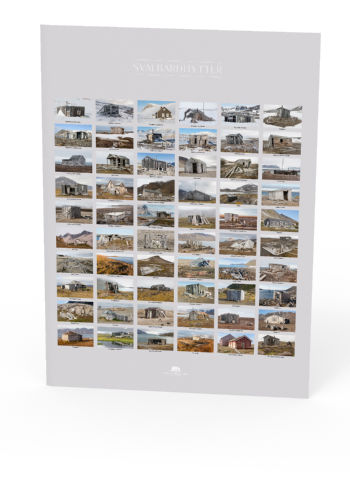
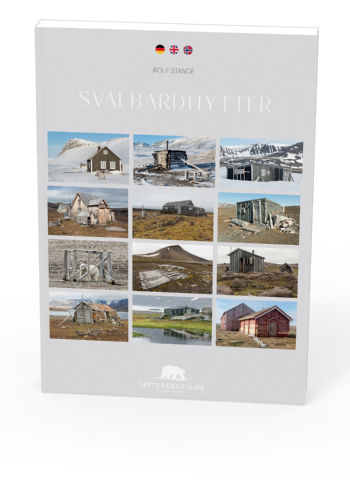
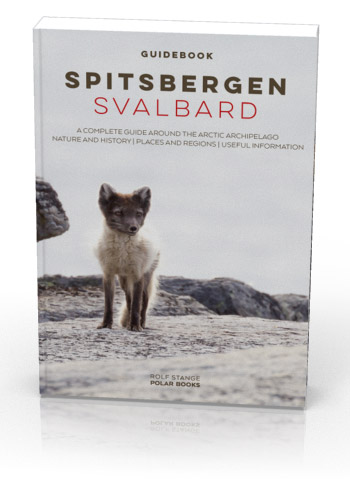
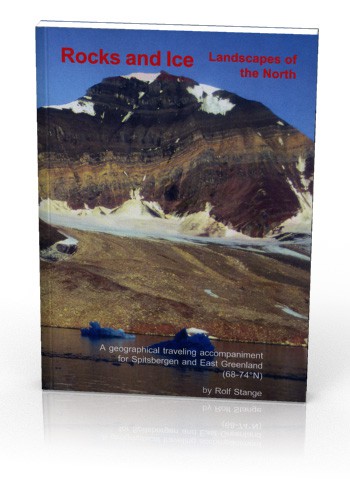

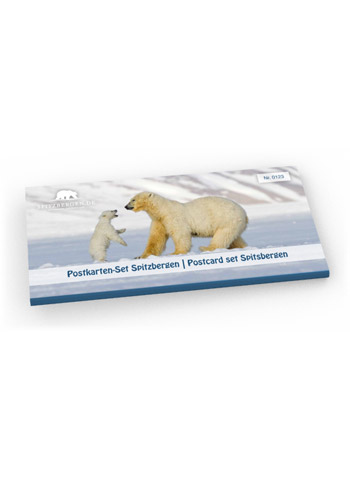




























Thank you for this great visual tour. I am reading Christiane Ritter’s book right now and it is great to see where her adventure took place. It’s amazing she spent a whole winter in the hut. It doesn’t look very well insulated. Is that the original stove?
Hi Danielle, thank you for your comment. No, the stove is not original. They don’t last that long, given that it was common to use driftwood as heating material. The salt destroys the metal rather quickly. But the original one was certainly quite similar.
What a fabulous book!!!!
Can you visit the hut?
We will be visiting by cruiseship and would love to visit!!!
I would love to learn more about this amazing lady….. does anybody know where I can find more information about her?
Love to see the place where the Ritters lived. How many years did Hermann work in Svalbard in the winters?